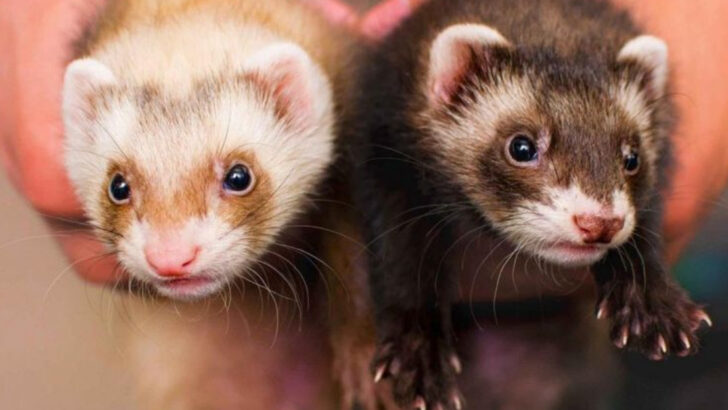Ferrets aren’t just pets—they’re pure chaos wrapped in fur.
These slinky little troublemakers have a talent for vanishing into couch cushions, stealing your socks, and looking impossibly innocent while doing it. They’re not just cute—they’re criminally mischievous.
But behind the mayhem is a creature packed with surprises. Ferrets dance when they’re happy, stash things like they’re preparing for winter, and sleep like they’ve got nothing to prove.
Whether you’ve got one curled up in your hoodie or you’re just ferret-curious, these facts will show you why these furry noodles are so weird, so lovable, and so much more than they seem.
Ferrets Love to Dance

Ferrets are famous for their jubilant ‘weasel war dance,’ a twirling, hopping display of pure joy. When in a playful mood, they exhibit this dance, often accompanied by joyful chirps. It’s a contagious expression of happiness that draws smiles from anyone lucky enough to witness it. Despite its name, this dance is far from aggressive; it’s simply a ferret’s way of saying they are having fun. Observing a ferret’s dance is a reminder of the simple pleasures in life. Their infectious enthusiasm makes them delightful companions.
Ferrets are Natural Explorers
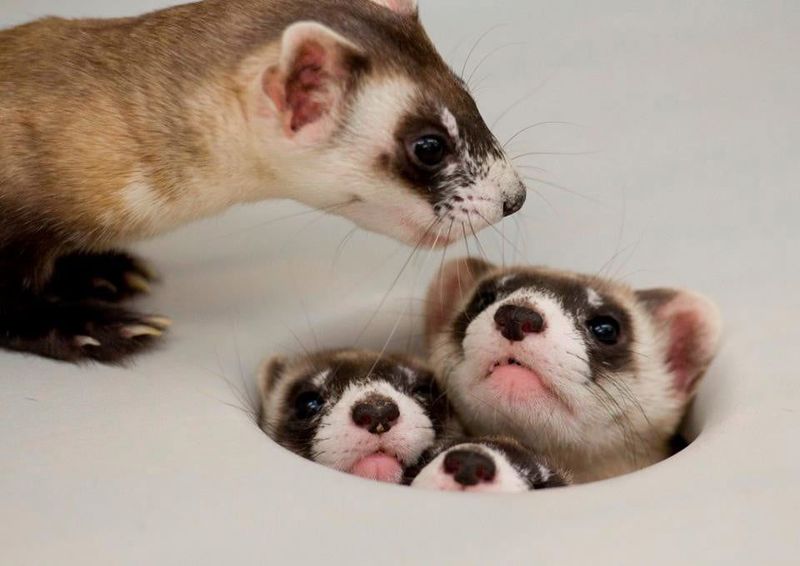
With an insatiable curiosity, ferrets are born adventurers, eager to explore every nook and cranny. These inquisitive creatures possess a natural drive to investigate their surroundings. They find joy in discovering hidden corners and small spaces, bringing a sense of wonder to the everyday world. Their exploration skills have been historically harnessed, even in cable laying for narrow spaces. Ferrets teach us the value of curiosity and exploration, reminding us never to stop seeking new experiences. Their adventurous spirit is a testament to their dynamic character.
Ferrets Have a Sweet Tooth
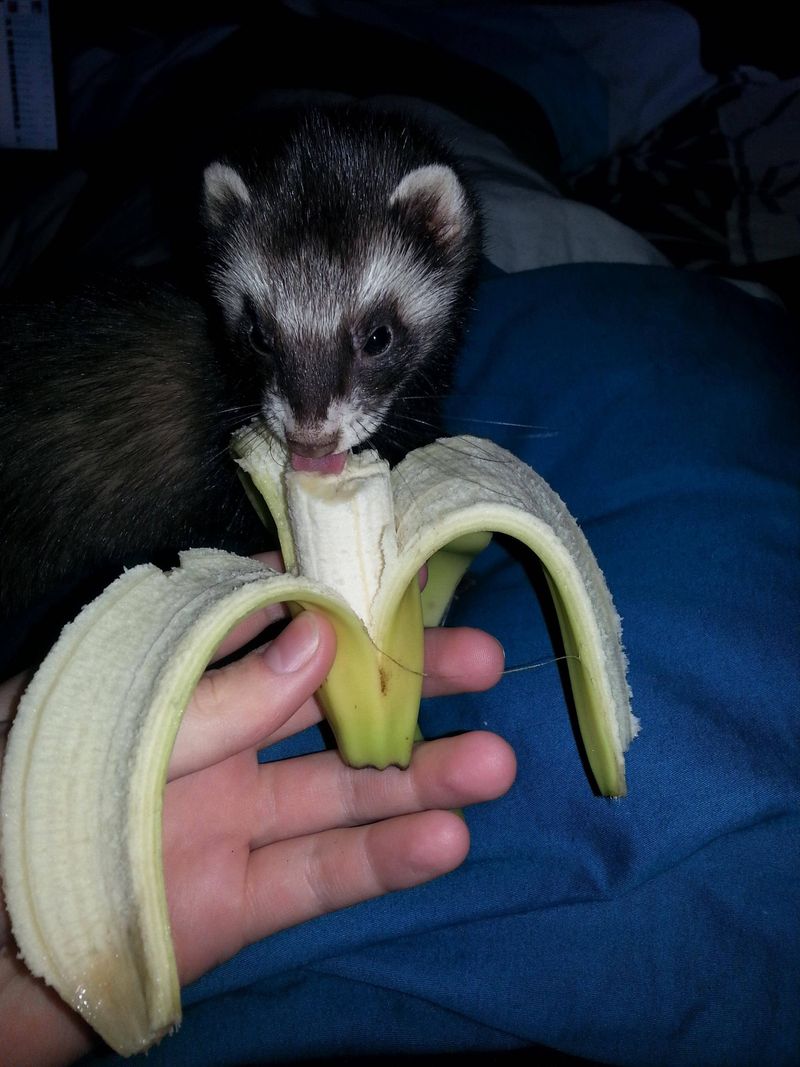
Though ferrets are obligate carnivores, they occasionally indulge in sweet treats, captivating owners with their surprising preferences. A small piece of banana or melon can become a delightful snack for these furry friends. However, moderation is key, as their diet predominantly requires meat. Witnessing a ferret’s enjoyment of a tasty treat is a reminder of their playful nature and unique tastes. Their occasional craving for sweetness adds an unexpected twist to their otherwise carnivorous lifestyle. Ferret owners enjoy discovering these quirks as part of their companionship.
Ferrets Sleep Deeply
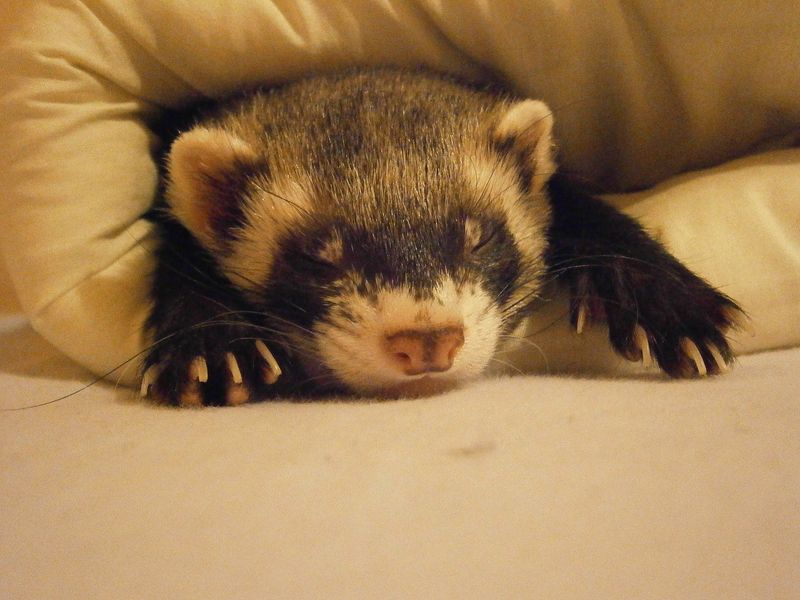
After a day of exploration and play, ferrets enter a state of deep slumber that can last up to 18 hours. This profound sleep allows them to recharge and prepare for another round of mischief. Their ability to fall into such a deep sleep is both fascinating and endearing. Sometimes, they sleep so soundly that they appear lifeless, causing concern to those unfamiliar with ferret habits. This deep rest is vital for their health and well-being. Their sleepy nature highlights the need for balance in their playful lives.
Ferrets Communicate with Dooks
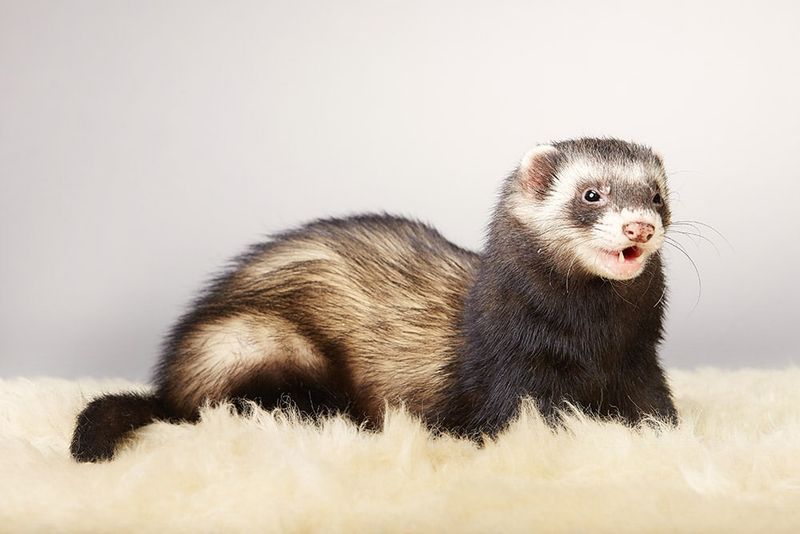
Ferrets possess a unique vocalization known as “dooking,” a soft clucking noise made when they’re excited or curious. This distinctive sound is part of a broader communication system that includes hissing and squealing. “Dooking” adds to their charm, providing insight into their thoughts and emotions. Each ferret’s vocal patterns are individual, reflecting their personality. These sounds enhance the bond between ferret and owner, fostering better understanding. As ferrets communicate, they invite us into their world, allowing us to connect on a deeper level.
Ferrets Can Be Trained

With intelligence and eagerness to learn, ferrets can be trained to perform tricks and follow commands. Their curious nature makes them enthusiastic learners, capable of mastering simple tasks like sitting or rolling over. Training sessions are an opportunity to strengthen the bond between ferret and owner. Positive reinforcement encourages their progress, turning learning into a joyful activity. Training taps into their potential, showcasing their cleverness and willingness to engage. These interactive moments foster mutual understanding, enriching the companionship shared. Ferrets’ trainability is a testament to their adaptability.
Ferrets Have Scent Glands
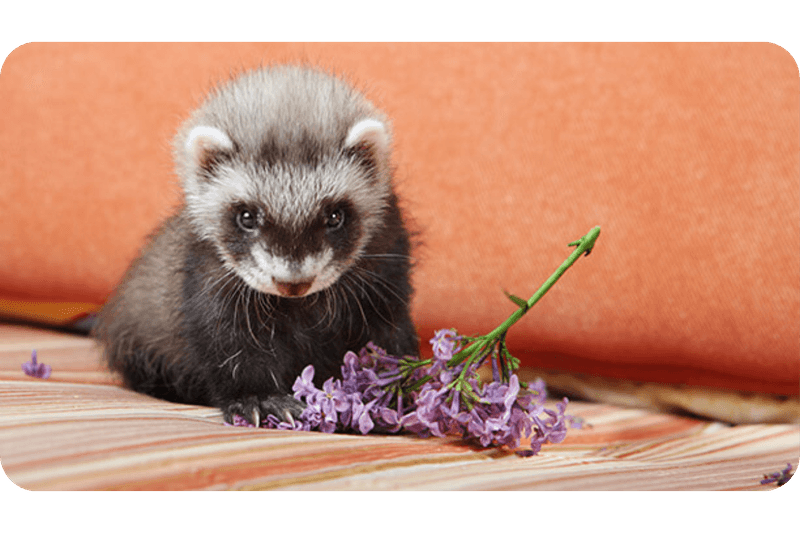
Ferrets are equipped with scent glands, used for marking territory and communication. Though they have a natural musky odor, regular grooming and care minimize this scent. These glands play a crucial role in their social interactions, allowing them to identify one another. Understanding their scent-based communication enhances our appreciation for their intricate social systems. For ferret owners, managing this aspect is part of responsible pet care. Despite their odor, ferrets remain beloved for their lively personalities and engaging antics.
Ferrets Enjoy Socializing

Social creatures by nature, ferrets thrive in environments where they can engage with both humans and fellow ferrets. Their playful antics and interactive behavior make them wonderful companions. In groups, ferrets develop complex social dynamics, showcasing their intelligence and curiosity. Their interactions are a dance of energy, characterized by chasing, wrestling, and exploring together. Providing a stimulating environment enriches their lives, encouraging healthy social bonds. Ferrets’ sociable nature reminds us of the joy found in companionship and play.
Ferrets Have Unique Color Variations

Ferrets boast a wide array of coat colors and patterns, from classic sable to rare albino. This diversity adds to their charm, offering something unique for every enthusiast. Each color variation carries its own appeal, providing a glimpse into the genetics of these fascinating creatures. Coat color can also influence their naming, reflecting their distinct appearance. The variety found in ferret coats makes them as visually appealing as they are entertaining. Their diverse appearances contribute to their status as beloved pets, celebrated for individuality.
Ferrets are Escape Artists
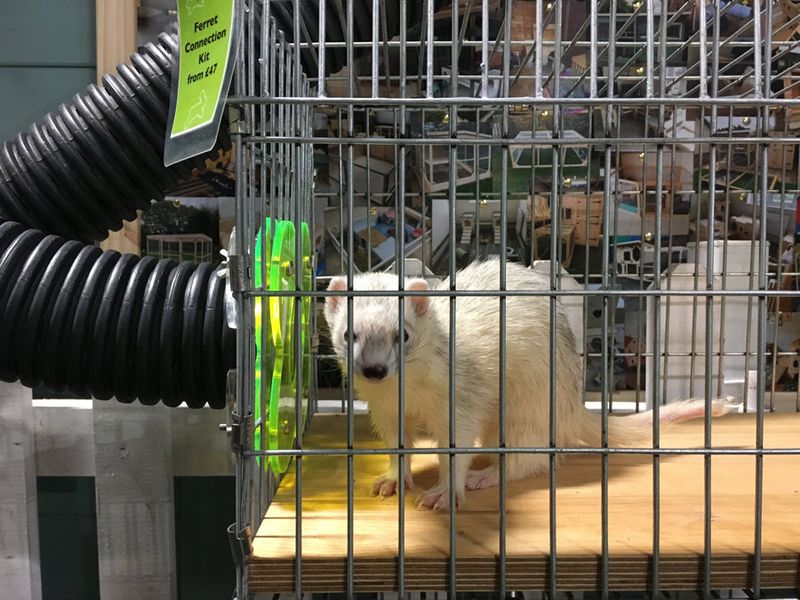
Ferrets are notorious for their escapology skills, able to squeeze through remarkably small spaces. Their flexibility and curiosity make them expert escape artists, always eager to explore beyond their boundaries. Ferret owners must be vigilant, ensuring their environments are secure. Despite their mischievous escapes, these adventures are a testament to their intelligence and determination. Understanding their nature helps in creating safe yet stimulating settings. Ferrets’ talent for escaping adds a layer of excitement to their ownership, challenging us to stay one step ahead.
Ferrets Have a Playful Nature
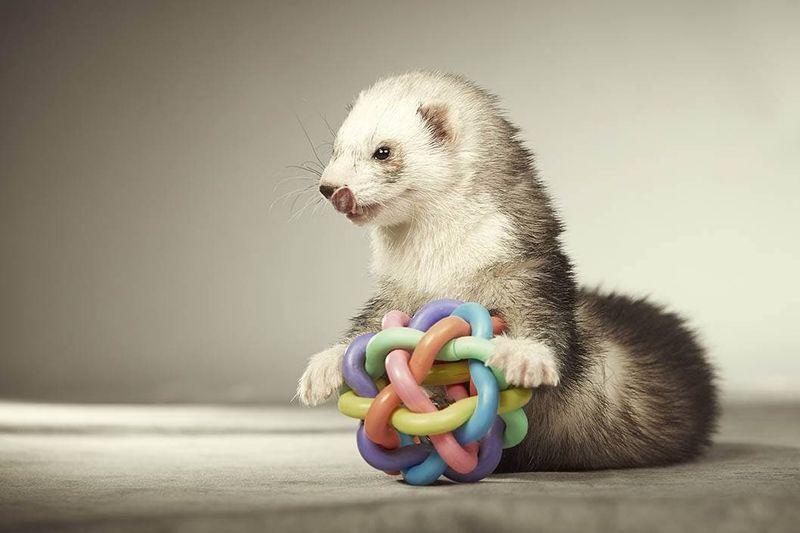
Ferrets’ playful disposition is one of their most endearing traits, turning everyday moments into joyful adventures. Whether chasing toys or exploring new spaces, they approach life with enthusiasm and joy. Their playfulness fosters strong bonds with their owners, inviting shared experiences and laughter. This joyful nature is a gift, reminding us to embrace fun and spontaneity. Even as they mature, ferrets retain their youthful energy, making them delightful lifelong companions. Their playfulness is a core aspect of their charm, ensuring they hold a special place in our hearts.
Ferret History

Ferrets boast a rich history that dates back thousands of years. They were first domesticated over 2,500 years ago, believed to have been used by the Romans for hunting small game. Their presence in medieval Europe is well-documented, where they served as rabbit hunters.
In modern times, ferrets have transitioned from working animals to beloved pets. Their historical significance is a testament to their adaptability and usefulness across cultures and eras.
This storied past adds a layer of depth to their character, intertwining history with everyday life, and making them not just pets, but keepers of time’s tales.

